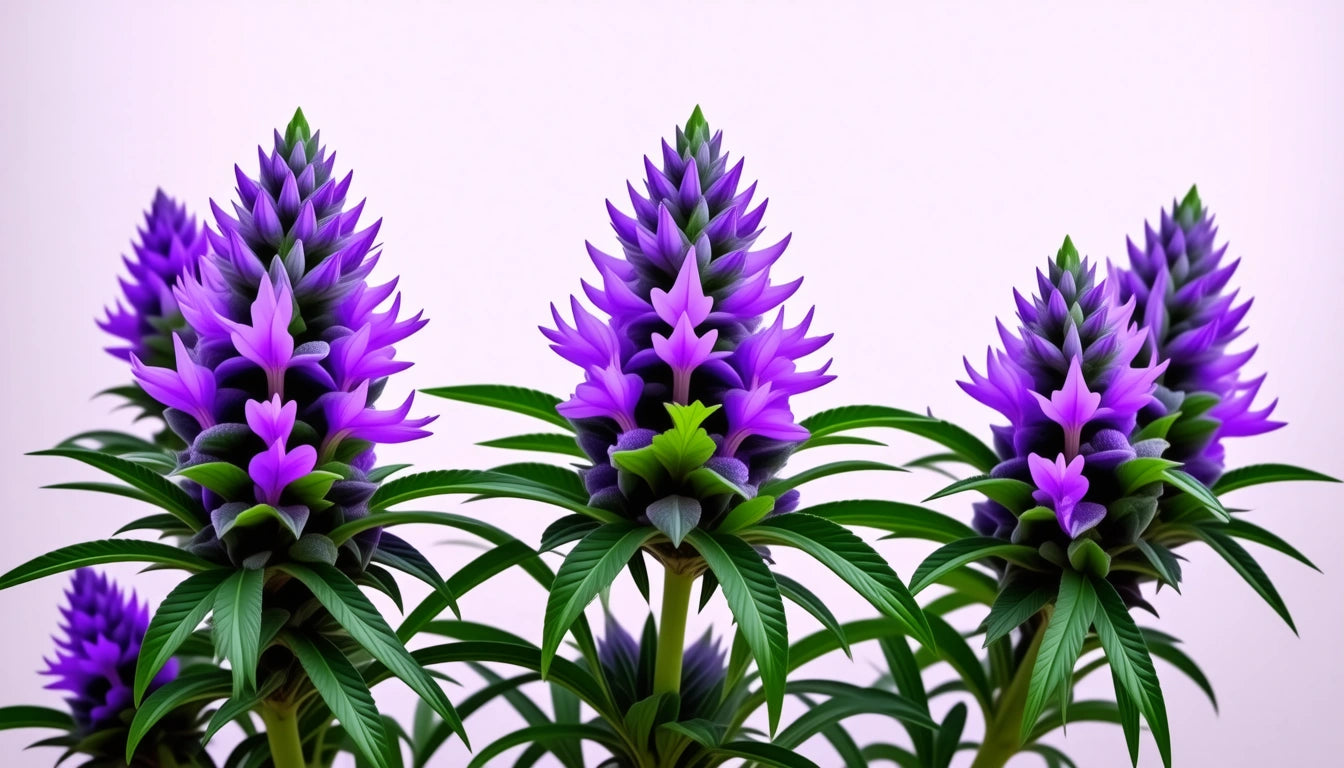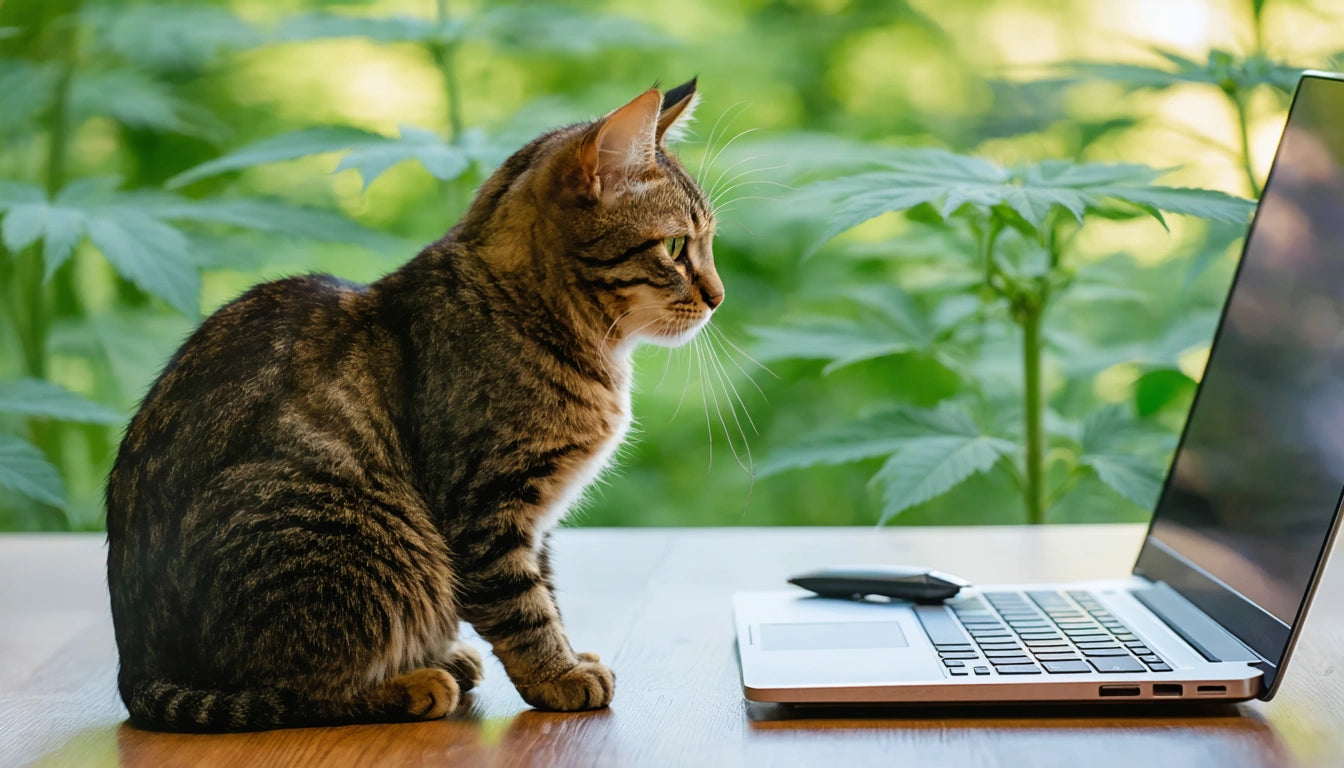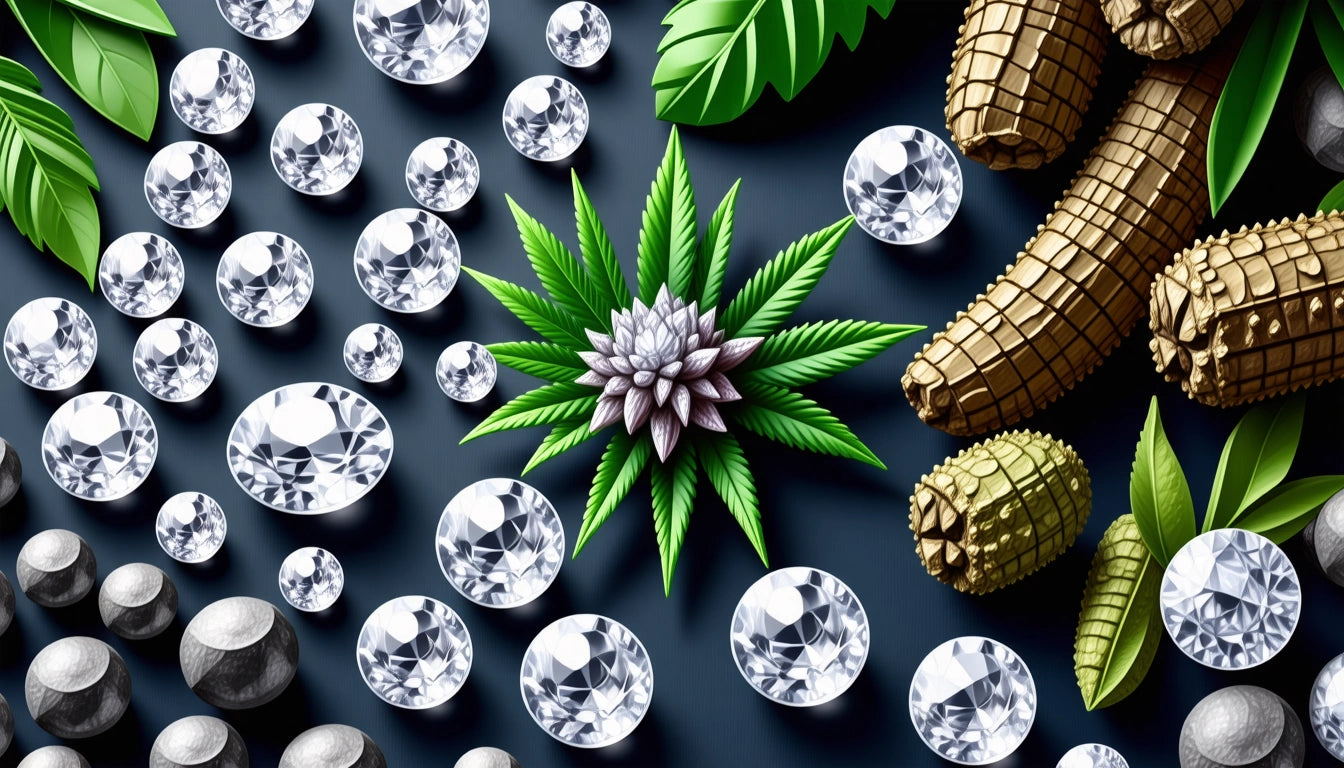Table of Contents
Understanding THCA Flower: Cultivation, Legality, and Usage
Cannabis enthusiasts and medical users alike have shown increasing interest in THCA flower as an alternative to traditional THC products. This comprehensive guide explores what THCA flower is, how it's cultivated, its legal status, and proper usage techniques.
What is THCA Flower: Understanding the Basics
THCA (tetrahydrocannabinolic acid) flower refers to cannabis that has been specifically cultivated and processed to maintain high levels of THCA, the non-psychoactive precursor to THC. In its natural state, cannabis plants produce THCA, not THC. The conversion to THC typically occurs through decarboxylation, which happens when cannabis is heated.
According to recent research on THCA compounds, the cannabinoid offers potential therapeutic benefits without the intoxicating effects associated with THC. This makes THCA flower particularly appealing to those seeking relief without impairment.
Cultivation Methods for THCA-Rich Cannabis
Growing cannabis for high THCA content follows many of the same principles as traditional cannabis cultivation, with some specific considerations:
Strain Selection
The foundation of growing THCA-rich flower begins with genetics. Certain strains naturally produce higher THCA levels than others. Cultivators typically select strains with robust cannabinoid profiles and then implement specific growing techniques to maximize THCA production.
Environmental Controls
Can you grow THCA flower at home? Yes, but it requires careful environmental management. Optimal conditions include:
- Temperature control between 70-85 °F (21-29 °C) during growing phases
- Relative humidity maintained at 40-60% depending on growth stage
- Proper lighting cycles (18/6 for vegetative, 12/12 for flowering)
- Well-draining soil with balanced nutrients
For commercial growers, maintaining consistent environmental conditions is crucial for developing cannabis with high THCA concentrations. Many utilize specialized storage solutions like mylar bags to preserve freshness and potency after harvest, protecting the valuable THCA content from degradation due to light, air, and moisture exposure.
The Curing Process: Preserving THCA Content
How to cure THCA flower properly is a common question among cultivators. The curing process is critical for preserving THCA levels while developing flavor and smoothness. A proper cure involves:
- Slow drying in a controlled environment (60-70 °F with 45-55% humidity)
- Placing dried buds in airtight containers
- "Burping" containers daily for the first week to release moisture and gases
- Gradually reducing burping frequency over 2-4 weeks
- Storing in a cool, dark place to prevent premature decarboxylation
Reddit discussions about what is THCA flower often highlight that properly cured flower should maintain its THCA content without converting to THC, unlike flower that's harvested early, which may have underdeveloped cannabinoid profiles.
Legal Considerations for THCA Flower
The legal status of THCA flower exists in a complex regulatory landscape. Many consumers wonder, "How is THCA flower legal?" The answer varies by jurisdiction:
In some areas, THCA products fall into a legal gray area because federal law specifically prohibits THC, not its precursor THCA. However, this interpretation is contested, as THCA readily converts to THC when heated. The legal distinctions between THC and THCA flower continue to evolve as regulations catch up with the market.
For instance, questions like "Can I legally order THCA flower in PA?" depend on state-specific interpretations of hemp and cannabis laws. In Pennsylvania, as in many states, the legal status hinges on whether the product is derived from hemp (defined as cannabis with less than 0.3% THC) and whether THCA is explicitly regulated under state law.
THCA vs THC: Key Differences
Understanding where THCA flower comes from requires knowledge of the key differences between THCA and THC:
- Chemical structure: THCA contains an additional carboxyl group that THC lacks
- Psychoactivity: THCA is non-intoxicating, while THC produces the characteristic "high"
- Binding affinity: THCA does not bind effectively to CB1 receptors in the brain
- Stability: THCA converts to THC when exposed to heat, light, or extended storage
These distinctions explain why THCA and THC products offer different experiences despite their chemical similarity. THCA flower provides potential therapeutic benefits without intoxication, though these benefits change if the flower is smoked or vaporized, which causes decarboxylation.
Market Trends and Future Outlook for THCA Products
The market for THCA flower has expanded rapidly, driven by consumers seeking alternatives to traditional THC products. Top-rated THCA flower brands focus on organic cultivation methods, comprehensive testing, and innovative preservation techniques.
As research into THCA extraction and production advances, we can expect more refined products and delivery methods. The future may bring standardized growing protocols specifically designed to maximize THCA content while maintaining compliance with evolving regulations.
For consumers and businesses alike, staying informed about cultivation techniques, legal developments, and product innovations will be essential as the THCA flower market continues to mature and find its place within the broader cannabis industry.











Leave a comment
All comments are moderated before being published.
This site is protected by hCaptcha and the hCaptcha Privacy Policy and Terms of Service apply.